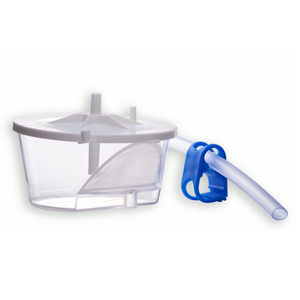All you need to know about Cryogenic Preservation
All you need to know about Cryogenic Preservation
Overview
In science, two procedures, namely Vitrification and Slow cooling,
are practiced to preserve the biological materials such as cells, bone marrow,
DNA, etc. at the low temperature, compared to their normal temperatures.
Cryobiology:
The study of life below very low temperature is known as
cryobiology. The advantages of cryobiology are:
·
Helps preserve the biological materials
·
By this, the biological materials such as cells,
gametes, embryos, bone marrow, DNA, etc. can be preserved for a longer time.
·
It helps to examine the adapting nature of
animals under low temperatures.
Cryopreservation:
It is the process that comes under the Cryobiology in which
the cell is kept under the extremely low temperature, which causes the cell to
prevent its biological, chemical reactions. Eventually, the cell leads to
death. At times, the cell that is kept under cryopreservation may get damaged
when it is exerted to the low temperature. Some of the biological materials are
kept under low temperature, which is the liquid nitrogen liquid phase. Since cryogenic
preservation is the best preservation process, some complex biological
compounds stop their biological, chemical reactions. To be released from the
risk, the two techniques mostly applied are Slow Cooling and Vitrification.
Cryopreservation of embryos advantages and disadvantages
in animals are many, but here we will focus on the benefits of process of
cryopreservation. The top advantages of Cryoprotectants are:
·
Assists the material from the rapid cooling
·
Prevents the development of ice in the
intracellular region
·
When the cell undergoes a high concentration of
solute, it prevents dehydration.
·
Accommodates the cell for functioning after the
rewarming
Difference between Controlled Slow Cooling and
Vitrification in Cryopreservation of Biological Materials
1.
The Vitrification technique is simple, whereas
the slow cooling technique is a complex one.
2.
The Vitrification technique is safer, and
Controlled Slow Cooling is a risky technique.
3.
The Vitrification technique is costly, and in
contrast to that, Controlled Slow Cooling is cheaper.
4.
The Vitrification technique is the most
successful compared to the Controlled Slow Cooling technique.
Conclusion
Cryptogenic preservation is considered in the world
of science to preserve biological materials such as cells, sperms, gametes,
embryos, bone marrow, DNA, etc. for a longer time.


.jpg)

Comments
Post a Comment